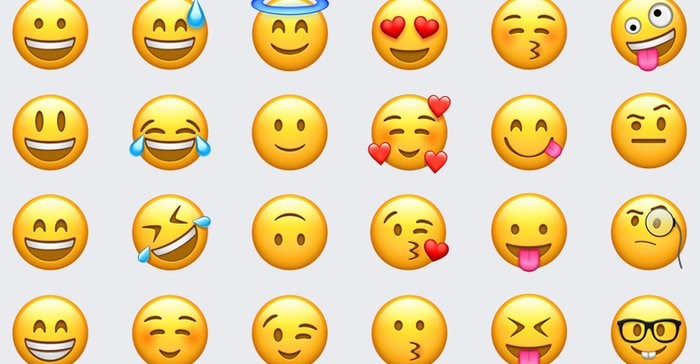Apple users recently got first access to the new 2022 emojis - but are we even using the old ones correctly? Turns out, depending on audience and context, the answer may be no. And the results may be awkward - at best. Here, the lesser-known meanings behind seemingly innocuous emojis.
We’ve come a long way from using a semicolon and closing bracket to express a winking face to now having an emoji that perfectly conveys the feeling and body language attached to a message sent to friends and family. This is thanks to Japanese artist Shigetaka Kurita who created the first emoji in the late 1990s.
Since then, you may have noticed that some emojis have started to take on a different meaning over time. Here is a list of some emojis that you may have thought were being used out of context on social media or wondered what the inside joke was that you may have missed!
Eggplant, aka "The male organ"
In 2015 #EggplantFriday was made popular on Instagram by male celebrities who would post sexually suggestive pictures on the platform and tag this hashtag in their captions. The implication here is that the fruit resembles "the male organ". Instagram has since pulled #EggplantFriday and most of the images under the hashtag from its search filter as part of its nudity policy.
Moai, aka “Stone face
According to dictionary.com this emoji is meant to imply strength or determination but people's use of it on social media is to express feeling dumbfounded to the point of having no expression on your face. Nowadays, the emoji of a smiling face with a tear is used to expressed the same, but the stone face still has its use.
Person standing, aka, “Feeling rigid”
This emoji is used to express feeling awkward or being backed into a corner. The reference is from a meme of American singer Summer Walker at the Soul Train Awards in 2019, where she looked noticeably uncomfortable while posing for pictures on the red carpet.
Loudly crying face, aka “Sobbing”
Some tools that generate sentiment insights for brand reports don’t distinguish between positive and negative use of this emoji. What that means is that your audience may be expressing an intense appreciation for you content, but the tool may perceive the comment as negative because this emoji is intended to express great displeasure.
Woman’s sandal, aka “The ghetto”
Black users online add this emoji to comment on how something appears to be crass or indecent – relating to class. The reference is from S6EP04 of The Real Housewives of Atlanta where Nene Leakes visits Kenya Moore who has downgraded her home to something more modest. She steps out of her car and in horror starts exclaiming, "Whew! Child, the ghetto... [We are in] the ghetto!"
Basketball or Man Playing Handball, aka “Shooting a shot”
This is a basketball reference to dunking the basketball into a net or "taking a shot" for a penalty. On social media though, to "shoot your shot" is any attempt to court someone by asking them out. More specifically, this is done by making your advances known to that person by sending them a direct message (a DM).
There are more emojis with an adopted meaning on social media. The lesson here is not that these emojis can't be used, especially by brands, in their social media posts but that they should be used in the given context and considering the cultural context.
For example, if your brand is speaking about sexual health, you can use the emojis with a sexual connotation to avoid using explicit language.
And if your clothing brand wanted to use the high-heel emoji that is also fine, but it should not be as a reply to a picture from a customer showing you their new shoe.






































